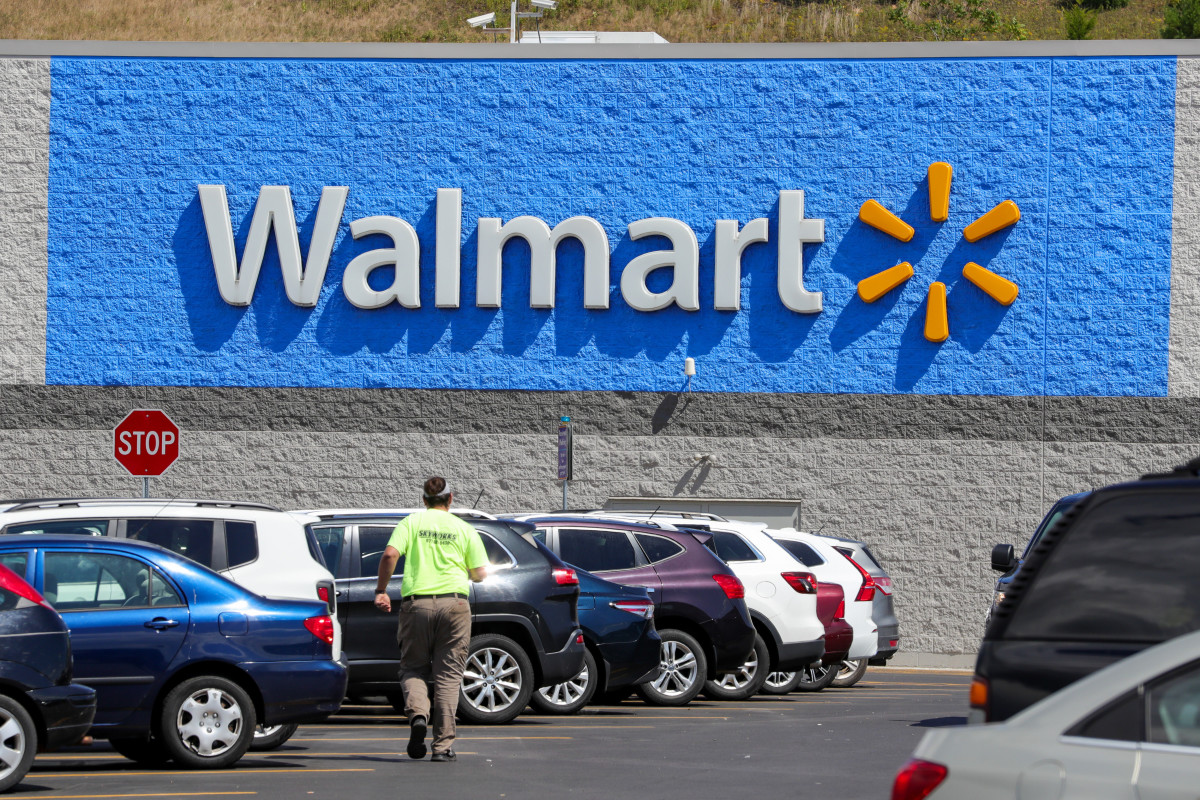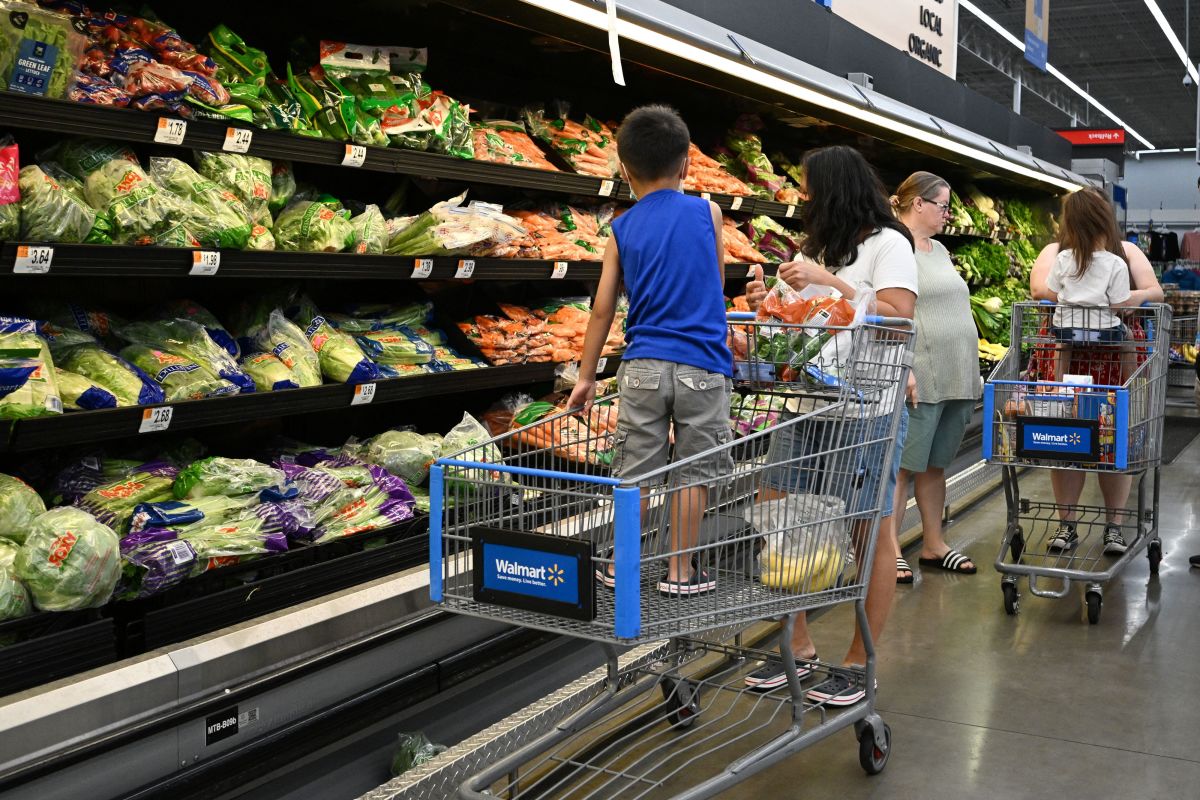
The spring is a great time for self reflection and cleaning out the things gathering cobwebs in our physical and mental spaces.
Many of us will participate in some form of spring cleaning, perhaps dredging through a closet and donating old clothes or finally organizing the space underneath our kitchen sink.
Related: TJ Maxx and Marshalls follow Costco and Target on upcoming closures
Other ambitious folks might instead opt to clean out their budgets; as the holidays are now behind us and many of us are saving up for the busier summer months ahead, spring is a great time to look a little closer at our expenses and see just how much goes out each month, and to where.
And really, there's been no better time to think about our monthly cash flow. The most recent Consumer Price Index (CPI) shows that prices rose 3.1% overall on a 12-month basis, above the 2.9% most analysts were expecting.
Thanks in part to that stubbornly high inflation, the Federal Reserve said on Wednesday that it will keep interest rates where they are for now. And while interest rates may seem like a more esoteric number for people who aren't buying bonds, cars, or houses, it's safe to bet that many of them are feeling the economic pinch in other day-to-day places.
Here's how some key consumer goods and services changed in price compared with the month prior:
- Food: up 0.4%
- Energy: up 0.5%
- New cars: stable at 0%
- Used vehicles: down 3.4%
- Apparel: down 0.7%
- Shelter: up 0.6%
- Transportation: up 1%
- Medical care services: up 0.7%
Food prices increasing by 0.4% may not seem like much, but at the grocery store you're more likely to see it with a couple of key items.
Here are some of the foods that have gone up the most from January 2023 to January 2024:
- Fresh fruit: up 1.4%
- Cereals and bakery goods: up 1.5%
- Poultry: up 1.7%
- Fats and oils: up 1.9%
- Processed fruits and veggies: up 2.5%
- Nonalcoholic drinks: up 3.4%
- Sugar and sweets: up 4.4%
- Beef and veal: up 7.7%
Walmart grocery remains key for Americans
With everything from meat to fruit on the up, it can be difficult to pinch pennies. So many Americans have been turning to Walmart (WMT) as a place to find savings in the grocery aisle.

The world's largest retailer reported $264 billion in grocery sales across the United States for all of 2023, easily making it the biggest grocery store in the country. In fact, one in four dollars spent at a grocery store goes to Walmart – which accounts for the equivalent of Kroger, Costco, and Albertsons combined.
"We're seeing more customers, we're seeing them more often, and we're seeing a lot of new customers," Walmart U.S. CEO John Furner told analysts during the Q4 earnings call in February.
Walmart saw a 4% rise in comparable store sales over Q4, which is how it measures a store's performance compared to the year prior. The retailer also noted in its annual 10-K filing in March that its online grocery business is growing at a rapid pace.
Its customers increasingly opt for online grocery fulfillment and delivery to save time and energy. This success has also fueled in part its paid membership business, Walmart+, whereby customers can receive free delivery on grocery orders of $35 or more.
"It has saved me hundreds of hours of time in the last year, and time is money. I also save because I don’t impulse buy," one reddit user wrote of the Walmart+ online grocery delivery service on the r/Frugal subreddit. "If I open something and it’s bad, they refund me through the app, I don’t have to go back to the store. It’s made a huge improvement in my life to not have to waste time every week grocery shopping."
"I’ve done it for a year simply to save time. It’s free delivery but you still have to tip the delivery driver. Over a year we’ve had one mistake where we didn’t get a couple bags of groceries, I called Walmart and they refunded me immediately," another wrote.
Lowering prices is a winning strategy
Walmart management sees its growth and is aiming to retain the customers it already has, as well as attract new ones. In March, CEO Doug McMillon said the retailer would strive to get certain food prices down to pre-inflation levels, while some staples are already seeing the reduction.
"In food, prices are lower than a year ago, in places like eggs, apples, and deli snacks, but higher in other places, like asparagus and blackberries," McMillon said of the store's cost-cutting efforts.
"Dry grocery and consumables categories, like paper goods and cleaning supplies, are up mid-single digits versus last year and high teens versus two years ago. Private-brand penetration is up in many of the countries where we operate, including the United States," he continued.
Related: Veteran fund manager picks favorite stocks for 2024







